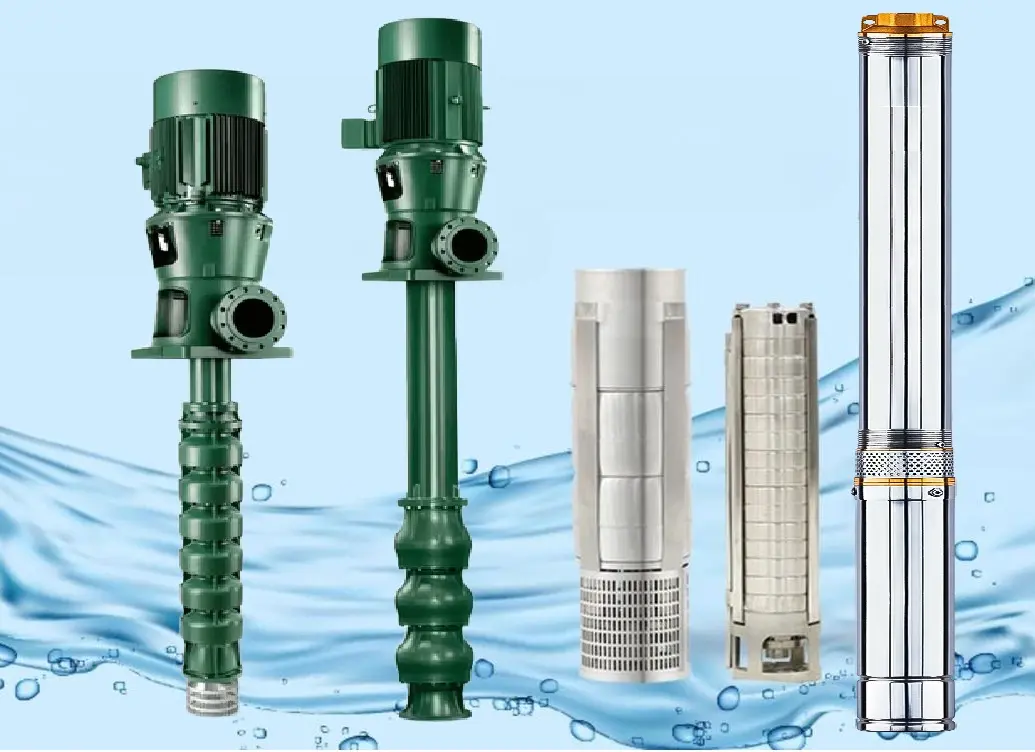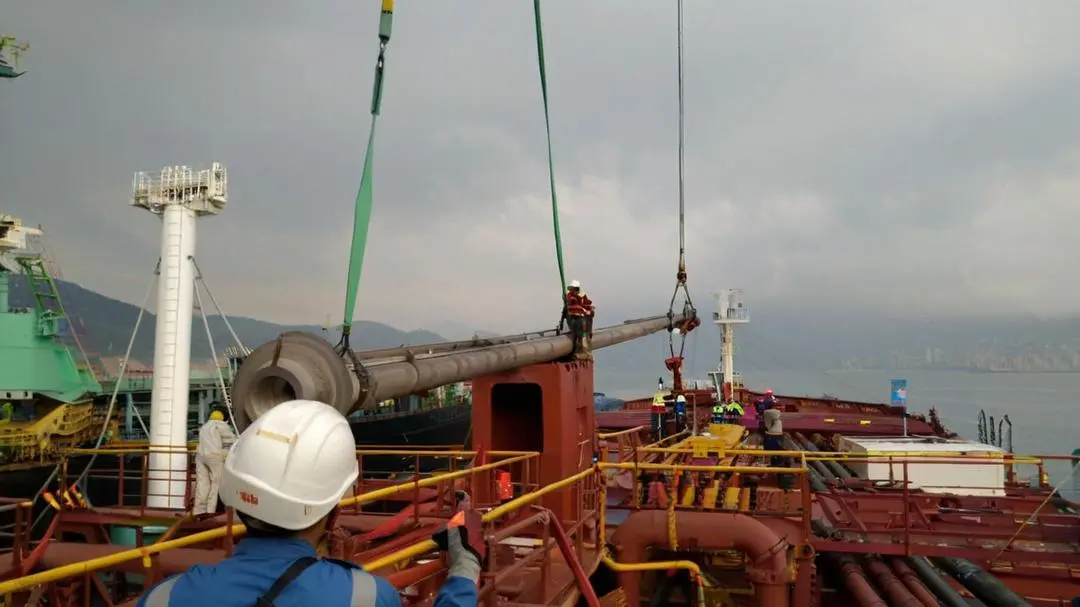The Market and Technology Insights of Vertical Motors for Deep Well Pumps
The global market for vertical motors used in deep well pumping is an integral part of various industries that rely on efficient water extraction and fluid handling from significant depths. This market has witnessed notable trends in recent years, driven by factors such as increasing demand for water resources, industrial expansion, and technological advancements.
Global Market Trends
The global vertical motor market for deep well pumping applications was valued at $521.2 million in 2024. This market is expected to grow at a compound annual growth rate (CAGR) of 2.3% from 2024 to 2031.
Growing Demand for Water Resources
One of the primary drivers of the vertical motor market for deep well pumping is the escalating global demand for water. As populations increase, urbanisation progresses, and industrial activities expand, the need for a reliable supply of water for domestic, agricultural, and industrial use is on the rise. Deep well pumping systems, powered by vertical motors, are crucial for accessing groundwater reserves in regions where surface water is scarce or of poor quality. For instance, in the regions of the Middle East and North Africa, vertical motors play a vital role in meeting the water demands of growing cities and agricultural sectors.

Industrial Expansion
The industrial sector is a significant consumer of vertical motors for deep well pumping. Industries such as mining, oil and gas, and manufacturing often require large volumes of water for various processes, including cooling, washing, and processing. Deep well pumping systems are used to extract water from underground sources to meet these industrial requirements. The growth of emerging economies, such as China and India, has led to increased industrialisation, which in turn has boosted the demand for vertical motors.
Technological Advancements
Technological advancements have had a profound impact on the vertical motor market for deep well pumping. The manufacturers are constantly developing more efficient, reliable, and energy saving motors. For example, the use of advanced materials, such as high strength alloys and composite materials, has improved the durability and performance of vertical motors. Additionally, the integration of smart technologies, such as sensors and control systems, has enabled real-time monitoring and optimisation of motor performance, reducing downtime and maintenance costs.
Typical Applications of Select Products

Advanced Technology in Vertical Motors for Deep Well Pumps
High Efficiency Motor Designs
One of the key advanced technologies in vertical motors for deep well pumping is the development of high efficiency motor designs. Manufacturers are using advanced magnetic materials, such as neodymium-iron-boron magnets, to improve the efficiency of motors. These magnets have a higher magnetic flux density, which allows for a more compact and efficient motor design. Additionally, the use of advanced winding techniques and optimized motor geometries can further enhance the efficiency of vertical motors.
Smart Motor Control Systems and Variable Frequency Drives
Smart motor control systems are becoming increasingly popular in deep well pumping applications. These systems use sensors and control algorithms to monitor and optimise the performance of vertical motors. For example, sensors can be used to measure motor temperature, vibration, and current, which can be used to detect potential faults and prevent breakdowns.
Variable frequency drives (VFDs) are used to control the speed and torque of vertical motors, enhancing their efficiency and performance. VFDs can adjust motor operation based on changing load conditions, reducing energy consumption and wear and tear. Control algorithms can be used to adjust the motor speed and torque based on the load requirements, resulting in energy savings and improved system performance.
Submersible Motor Technologies
Submersible vertical motors are widely used in deep well pumping applications, especially in water supply and oil and gas production. Advanced submersible motor technologies include the use of hermetically sealed enclosures to protect the motor from water and other contaminants, as well as the development of high performance bearings and seals to ensure long term reliability. Additionally, submersible motors are being designed to operate at higher temperatures and pressures, making them suitable for use in deeper wells and more challenging environments.
IoT-enabled Motors and Predictive Maintenance Systems
IoT-enabled motors use internet connectivity to monitor and control motor performance remotely. These motors can provide real-time data on motor operation, enabling predictive maintenance and optimising performance. Predictive maintenance systems use advanced analytics and machine learning algorithms to predict motor failures before they occur. These systems can help in scheduling maintenance activities proactively, reducing downtime and maintenance costs.

Future Market Outlook
The demand for water resources is expected to continue to grow in the coming years, driven by factors such as population growth, urbanisation, and climate change. This will lead to an increased need for deep well pumping systems and, consequently, vertical motors. The industrial sector is also likely to remain a major consumer of vertical motors. As emerging economies continue to industrialise, the demand for water in industries such as mining, oil and gas, marine and manufacturing will increase.
Technological advancements will continue to shape the future of the market. The development of more efficient, intelligent, and environmentally friendly motors is expected to be a key focus for manufacturers. For example, the use of advanced magnetic materials in motors can improve their efficiency, while the integration of artificial intelligence and machine learning algorithms can enable predictive maintenance and optimisation of motor performance.
However, the market also faces some challenges. The high cost of advanced vertical motors and the need for skilled technicians for installation and maintenance may limit their adoption in some regions. Additionally, competition among manufacturers is expected to intensify, which may lead to price pressure and margin compression.
Concluding Remark
The global market for vertical motors for deep well pumping is a dynamic and growing market. The trends of increasing water demand, industrial expansion, technological advancements, and environmental concerns are shaping the market. The future outlook for the market is positive, with continued growth expected in the coming years. Key players in the market are constantly innovating to meet the evolving needs of customers, and advanced technologies are being developed to improve the efficiency, reliability, and performance of vertical motors in deep well pumping applications. However, the market also faces some challenges, such as high costs and competition, which need to be addressed for the sustainable growth of the industry.

Back to the list





